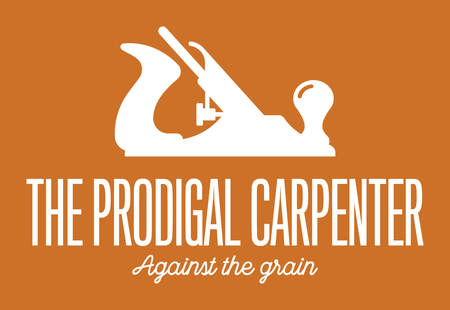Pricing Information
There are several factors that determine the price of our products, and since not everyone is familiar with our process we wanted to explain what those factors are.
1. Market Comparison: Recently on one of our Social Media posts a fellow woodworker chimed in “You should charge more for these,” another agreed, then another….and though we're gratified by these compliments from fellow artisans, we try to objectively base our prices on comparison to "like" products of similar quality. Although no two “styles” are identical, we believe our boards are priced extremely competitively and fairly when compared to others of like quality and craftsmanship.
2. Materials: We source our wood from local, reputable lumber stores and buy only the best they have, I shop for sales! Sometimes this means I’ll get wood cheaper but I will have to mill the rough board. A general rule of thumb with hardwoods is:
a. Lighter colored domestic woods are less expensive: this means wood like ash, maple and beech are staples, with hard maple being my favorite.
b. Other domestic woods go up in price as the wood gets darker: Walnut cost more than cherry.
c. Exotic or Imports are the highest priced based on a number of varying factors such as availability, shipping and size of orders.
3. Other necessary materials and supplies in production: Titebond III glue, Food grade mineral oil, bees wax, etc are staples for most of our boards All of these top quality materials factor into the price of each product.
4. Add on’s: This would include the addition of handles, rubber feet, carved out hand grips and juice grooves. Some obviously add material cost, some add intensive labor time.......
5. Size: An obvious factor in that the bigger the board, the more wood you use.
6. Waste: Another rule of thumb is that the greater the detail of a design, the more wood waste there is. My 3D cutting boards require many angle cuts that leave unusable scrap. Another rule is that end grain will cost more than edge or face grain because it requires additional steps of cutting, planing and gluing.
7. Time: I can cut, plane and glue 2 wood species into a face/edge grain board in minimal time compared to the process it takes to make large panels, then glue multiple one’s together then angle cut them . Mixing and matching woods that "pop" in contrast, lining up details with each glue up, and being patient with the finishing process all take time. A rushed board is not one I will sell. Time and attention to detail and finish set artisan products apart.
8. Equipment: On a usual project I will utilize various power and hand tools to accomplish my final piece. From sandpaper to saw blades to clamps.... maintaining equipment to produce the best quality products is a necessary cost factor.
These are the factors we take into account when pricing our boards and other products. We love what we do and take pride in each creation..... only selling what we'd be proud to own ourselves. "Beautifully Crafted and Inherently Durable" is our standard. Our prices reflect the time, premium quality materials, finishing details, and craftsmanship we value.........our goal is that you the customer believe your dollars were well spent on a unique, handcrafted, original and useful artisan creation.



 1. Market Comparison: Recently on one of our Social Media posts a fellow woodworker chimed in “You should charge more for these,” another agreed, then another….and though we're gratified by these compliments from fellow artisans, we try to objectively base our prices on comparison to "like" products of similar quality. Although no two “styles” are identical, we believe our boards are priced extremely competitively and fairly when compared to others of like quality and craftsmanship.
1. Market Comparison: Recently on one of our Social Media posts a fellow woodworker chimed in “You should charge more for these,” another agreed, then another….and though we're gratified by these compliments from fellow artisans, we try to objectively base our prices on comparison to "like" products of similar quality. Although no two “styles” are identical, we believe our boards are priced extremely competitively and fairly when compared to others of like quality and craftsmanship.